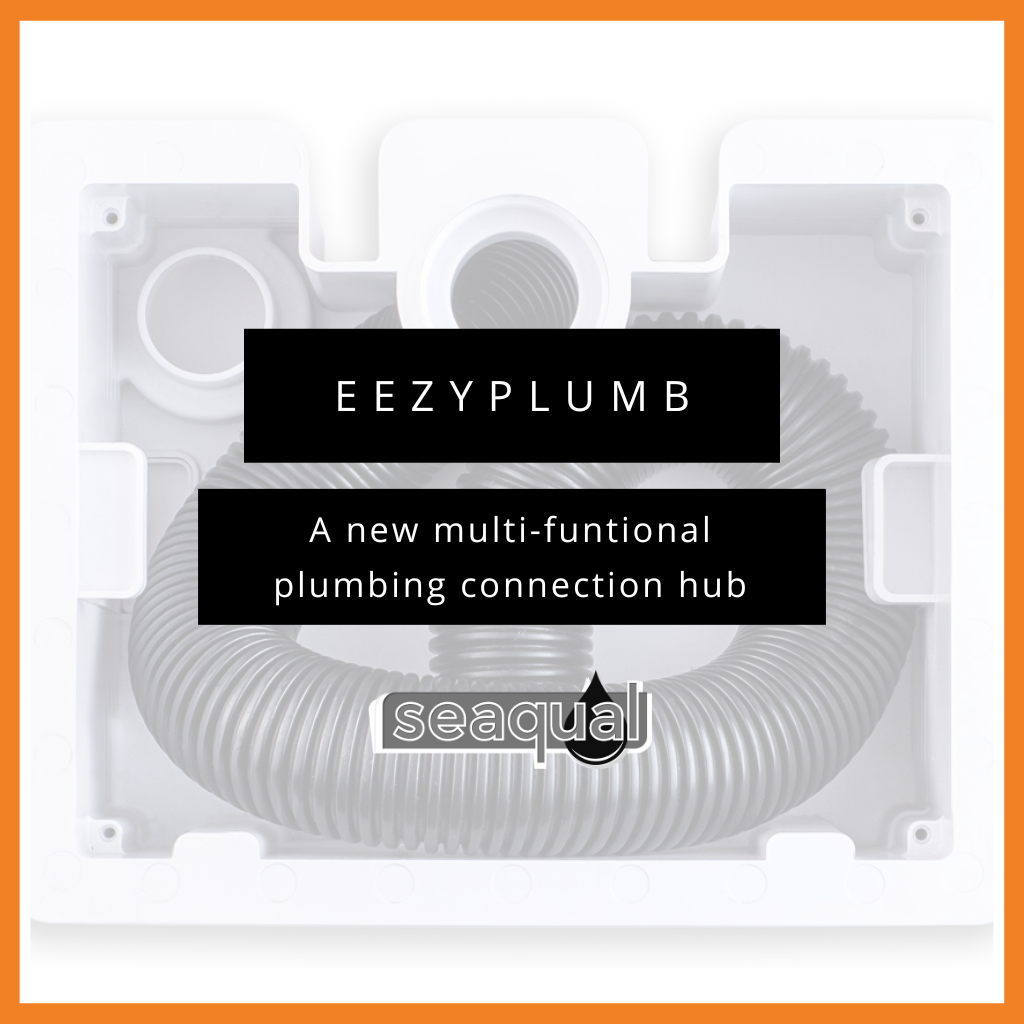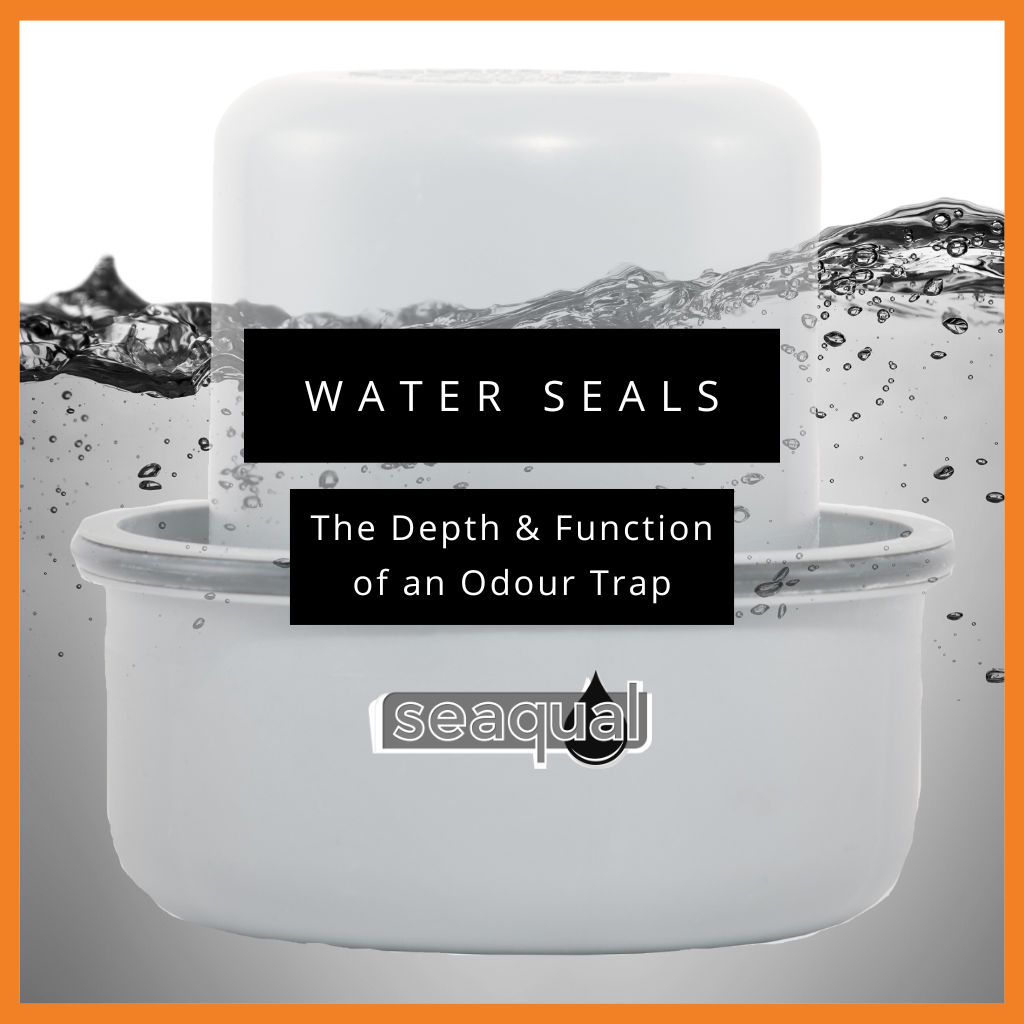This piece is a step-by-step guide on how to do this carefully and correctly. Seaqual offers an excellent one meter channel drain called 4All which comes with either a black HD-PE plastic grate for coastal installations or a galvanized steel grate for in-land installations. We import this product from Muflè in Italy.

4All Channel Installed - Property of Seaqual
Before proceeding, please ensure you have the following materials and equipment:
4All channels (as many as you need for the required length)
X2 Stop-ends
90° PVC corner
75/110mm universal adapter (Sold by Seaqual)
110mm PVC pipe
PVC weld adhesive
Hammer/ sharp Stanley knife
Angle grinder (with a masonry cutting disc)
A large pick
Cement
Wheelbarrow
Spade
River sand
Float
Trowel
Line level
Spirit level
Chalk line
Measuring tape
Long wooden plank
Bricks


Tools & Equipment - Canva Images
Step 1:
Once you have established the correct drainage layout, use the chalk line and line level to create two parallel lines across the driveway where the channel is to be installed. The 4All channel is 110mm wide and so the lines will need to be at least 350mm apart. Simply pull the rope out of the chalk line across the driveway and snap it.
Step 2:
If the driveway is tarred, then fire up the angle grinder and use it to saw along the two chalk lines followed by the pick to break apart the tar in the center. If it’s a brick driveway, then simply remove the bricks to clear space for the installation.
Step 3:
Using the spade, dig a trench that is at least 250mm deep to accommodate the 100mm channel depth as well as the outlet and storm water pipe of choice. The depth of the trench may vary according to the size of the storm water pipe chosen. We generally recommend that the channel, including the outlet and storm water pipe, should lay on a concrete bed of about 100mm.
Step 4:
Assemble the channels by sliding the male end that has a rib, into the female end which has a recess. Then slide a stop-end in on both ends of the channel. On the end of the channel that will connect out to the PVC pipe, open the bottom outlet with either a hammer or a Stanley knife. Lastly, join the two halves of the outlet, line them up with the screw holes and screw them firmly into place.
Step 5:
For the concrete, mix three parts river sand with two parts cement. Add water and mix slowly in the wheelbarrow, maintaining a firm consistency. Lay the bottom of the trench with a 100mm bed of concrete and ensure that its level throughout. Wait an hour to let it set slightly and then float the channels on a minimum fall of 3mm per channel and ensure that they are embedded firmly in the trench. Lay the spirit level across the top of the channel to ensure that its level with the driveway.
Step 6:
Using the 90 ° rubberised PVC socket adapter, connect the bottom outlet to the PVC pipe and ensure that it leads the water away into the storm water system.
Step 7:
Now that the channel is in place, use the trowel to feed cement into the sides ensuring that they are filled properly without any air pockets. The cement should sit flush with the drain and the driveway. Keep the channel grates on during this phase so that the channel does not change shape slightly and try to be careful not to damage or stain them. Be sure to wipe them down before the cement sets to ensure a neat finish. If you are working with a brick driveway, then ensure that enough space is provided for the bricks to sit flush with the drain when relaying them over the concrete.
Step 8:
We recommend placing a plank over the top of the installation and weighing it down with a few bricks to ensure that the channel does not lift during the drying process. Leave it to set for 2-3 days before driving any vehicles over it.

4All Channel installed in a driveway - Property of Seaqual
In some cases, installers will need to shorten the drain to cater for an awkward length. This can become quite complicated with the need to plastic weld pieces together and as a result, the finished installation is often unsightly. We recommend that installers avoid this situation entirely by opting to use our QualiDrain channel instead. For more info on this product and why it is such an excellent solution, watch our QualiDrain video.

QualiDrain - Property of Seaqual
A detailed QualiDrain installation blog is coming soon!
For installation queries or to request a technical data sheet, please email info@seaqual.co.za
Thanks for reading and happy plumbing! :)



